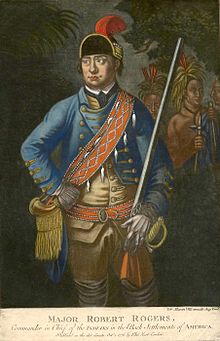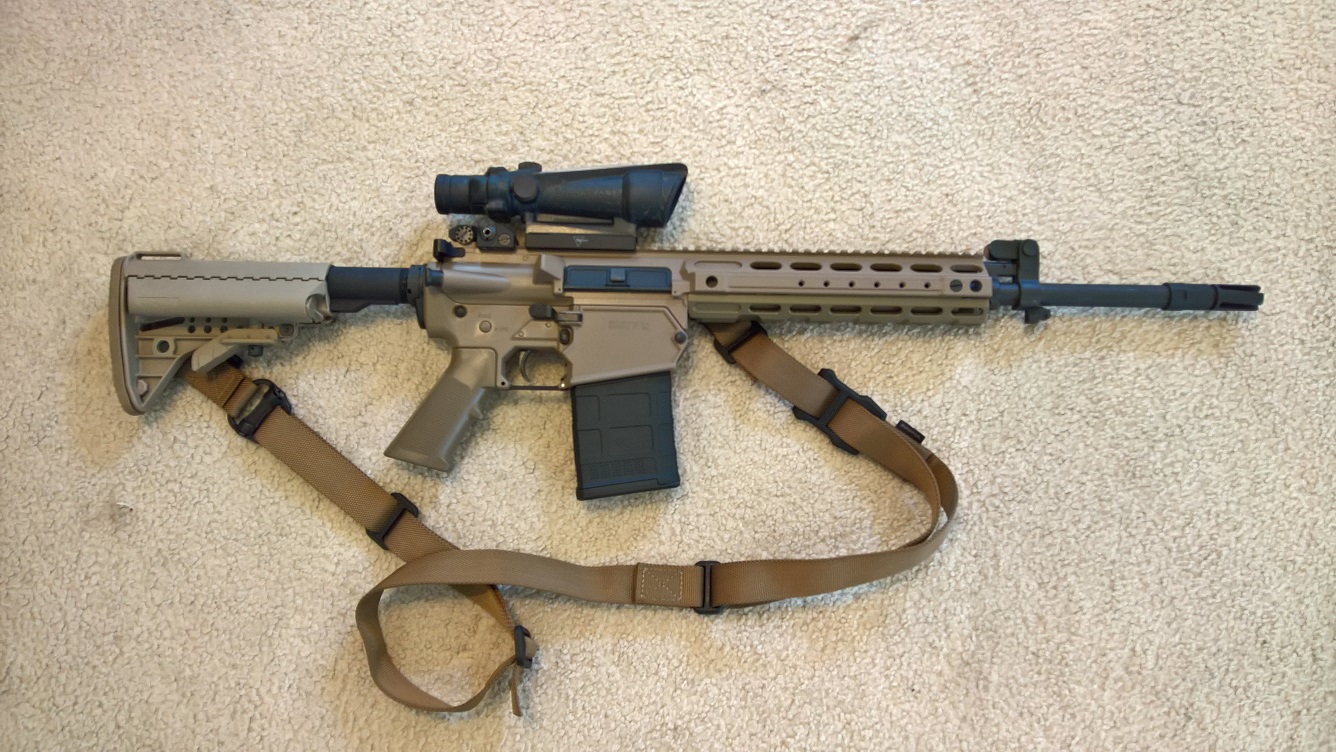-

Defending Your Way of Life: The Ready Defender
Introduction When confronted with/by a deadly threat what will you do? Run, hide, fight? What about your family, how will you protect them? Do you have a plan? Do you have the right weapons and equipment? Do you know how to use them? Are you ready to defend yourself, your family, your home, your community?…
-

Major Robert Rogers’ 28 “Rules of Ranging”
Roger’s Rangers Rangers were organized in 1756 by Major Robert Rogers, a native of New Hampshire, who recruited nine companies of American colonists to fight for the British during the French and Indian War. Ranger techniques and methods of operation were an inherent characteristic of the American frontiersmen; however, Major Rogers was the first to…
-

The New U.S. Military Combat Utility Knife
“He’s got a hip knife, a side knife, a boot knife, a shoulder knife, and a little bitty one that’s a combination flare gun, dinner set, and genuine police whistle…” Lyrics from the song Garet Trooper by Barry Sadler Every man needs a pocket knife. It serves both as a tool for daily tasks and…
-

Selecting a Heavy Rifle
I like big bullets and bayonets. I am an old school infantry guy, Ranger, and SF weapons man. I like big bullets that can reach out and punch big holes. And when the bullets run out I want my bayonet to continue the fight. After my military service defending my country, I am now ready…
